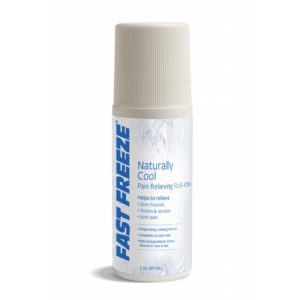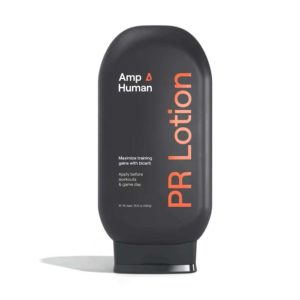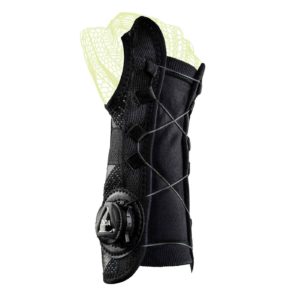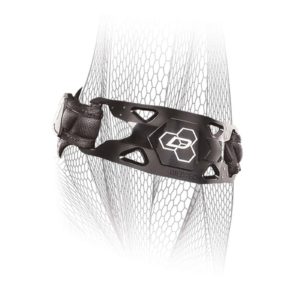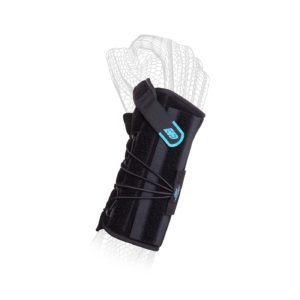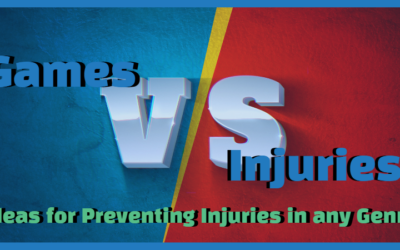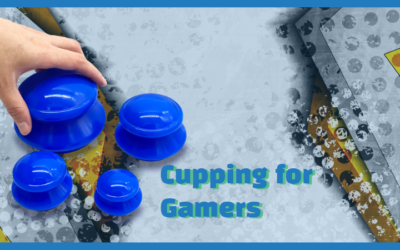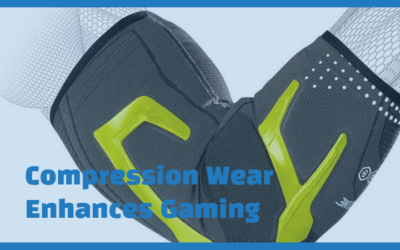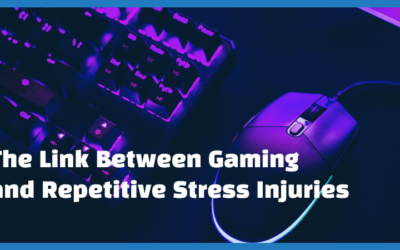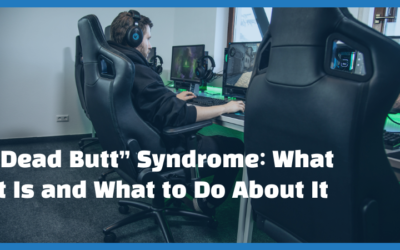Professional gaming and esports require rapid, repetitive movements that put extra strain on the neck, back, wrists, fingers, and lower arms. Many professional gamers may notice that they begin experiencing more pain in these areas due to muscle injury, nerve compression, and tendon damage (known as tendinopathy). Over time, this pain can hinder gaming performance, making it more difficult to continue training and performing at a high level [1-3].
Many people think of oral analgesics (pain relievers) to help alleviate their pain and inflammation. However, these medications can have systemic (body-wide) side effects that may be undesirable when used in the long term [4]. Fortunately, topical analgesics are also available, which can be applied directly to the painful area for quick relief. These creams, lotions, sprays, gels, or patches can be used to deliver several types of medication to the skin and affected muscles or tendons. Topicals may also be combined with other support methods for ultimate pain relief and recovery.
Ingredients Found In Topicals

Topicals are available with a variety of ingredients, all with pain-relieving effects. Some may create a cooling sensation, while others are warming to help promote blood flow to the area. Applying topical analgesics during or after a gaming session can help keep pain at bay during intense training or competitions.
Counter-irritants are ingredients that interfere with the body’s sensation of pain by creating tingling, hot, or cold sensations. One example of a counter-irritant is capsaicin, which is made from capsicum chili peppers. Capsaicin is responsible for the spiciness of peppers — interestingly, it can also be used as an effective pain reliever. It can be found over-the-counter in creams and patches in stores [5]. Another type of counter-irritant is menthol (mint camphor), which helps decrease blood flow in the skin. It also creates a cooling effect, which can be soothing to sore muscles. Menthol works by activating and then desensitizing pain receptors in the skin, alleviating discomfort [6].
Rubefacients are also found in topical analgesics to help relieve pain. These work by dilating (opening) the blood vessels in the skin, creating redness and a warming sensation. Methyl salicylate, also known as wintergreen oil, is a chemical compound similar to salicylic acid—the active ingredient in aspirin. Methyl salicylate is a rubefacient that has been shown to provide pain relief for muscle strains [7].
When using topicals, it’s essential to use them as recommended by the manufacturer or a doctor. Avoid heat on the affected area once a topical analgesic is applied, because it can interfere with how well it’s absorbed into the skin [8].
Topicals and Other Support Methods
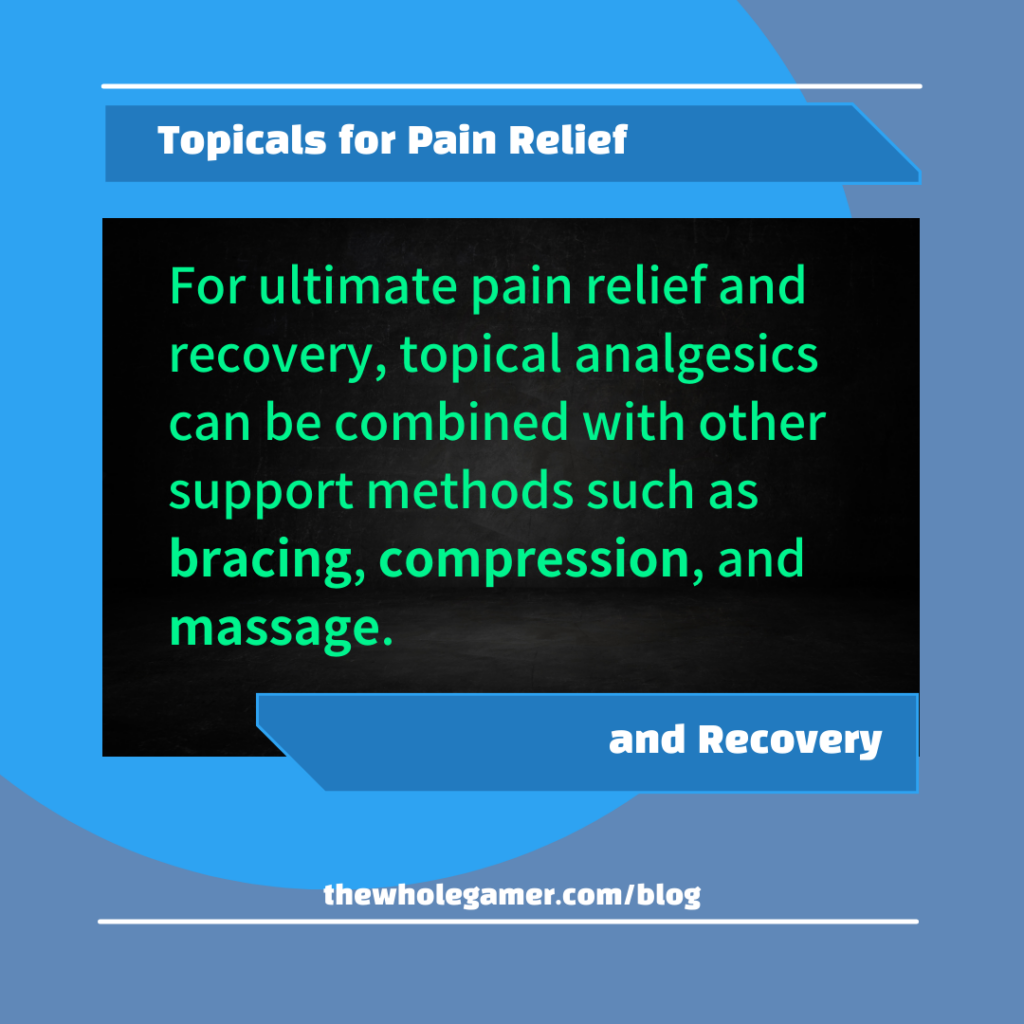
For ultimate pain relief and recovery, topical analgesics can be combined with other support methods such as bracing, compression, and massage. Braces are used to stabilize areas of the body that are commonly strained or overworked during gaming, including the wrists, neck, and back. Braces can also help take extra pressure off nerves to relieve pain [9,10].
Overall, topicals provide pain relief directly to the affected areas, helping professional gamers get back to what they love doing. Using topicals in addition to other support methods such as bracing and compression offers stabilization and can prevent further injury.
- Andres BM, Murrell GAC. Treatment of tendinopathy: What works, what does not, and what is on the horizon. Clin Orthop Relat Res. 2008;466(7):1539-1554.
- Helliwell PS, Taylor WJ. Repetitive strain injury. Postgrad Med J. 2004;80(946):438-43.
- van Tulder M, Malmivaara A, Koes B. Repetitive strain injury. Lancet. 2007;369(9575):1815-1822.
- Barkin RL. The pharmacology of topical analgesics. Postgrad Med. 2013;125(4 Suppl 1):7-18.
- Chung M, Campbell JN. Use of capsaicin to treat pain: mechanistic and therapeutic considerations. Pharmaceuticals (Basel). 2016;9(4):66.
- Pergolizzi JV Jr, Taylor R Jr, LeQuang J-A, Raffa RB. The role and mechanism of action of menthol in topical analgesic products. J Clin Pharm Ther. 2018;43(3):313-319.
- Higashi Y, Kiuchi T, Furuta K. Efficacy of safety profile of a topical menthol salicylate and menthol patch in adult patients with mild to moderate muscle strain: A randomized, double-blind, parallel-group, placebo-controlled, multicenter study. Clin Ther. 2010;32(1):34-43.
- Thomas S, Shin SH, Hammell DC, Hassan HE, Stinchcomb AL. Effect of controlled heat application on topical diclofenac formulations evaluated by in vitro permeation tests (IVPT) using porcine and human skin. Pharm Res. 2020;37(3):49.
- Fernandez-de-Las-Penas C, Alonso-Blanco C, Cuadrado ML, Pareja JA. Forward head posture and neck mobility in chronic tension-type headache: A blinded, controlled study. Cephalalgia. 2006;26(3):314-319.
- Schott C, Zirke S, Schmelzle JM, Kaiser C, Fernandez LAI. Effectiveness of lumbar orthoses in low back pain: Review of the literature and our results. Orthop Rev (Pavia). 2018;10(4): 7791.


